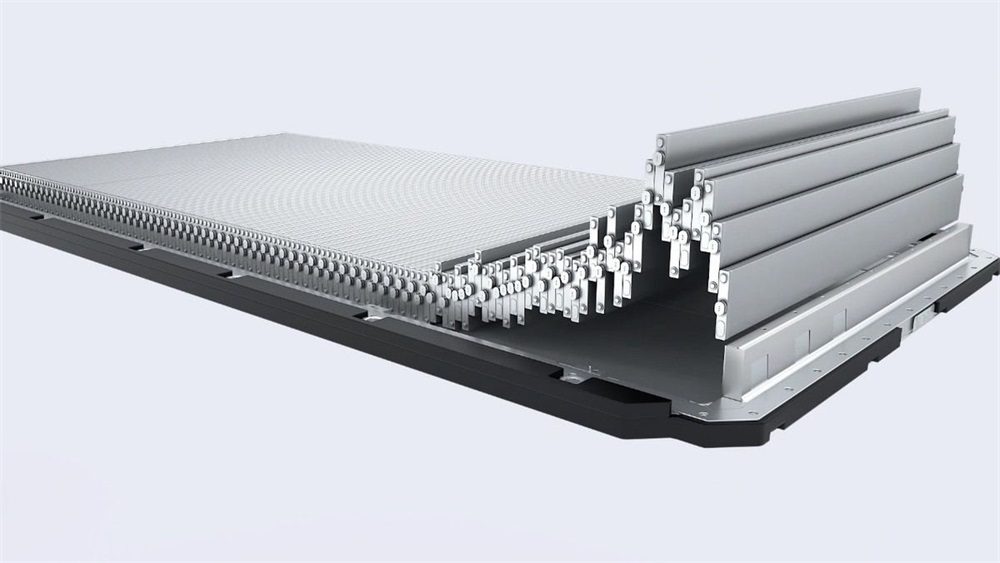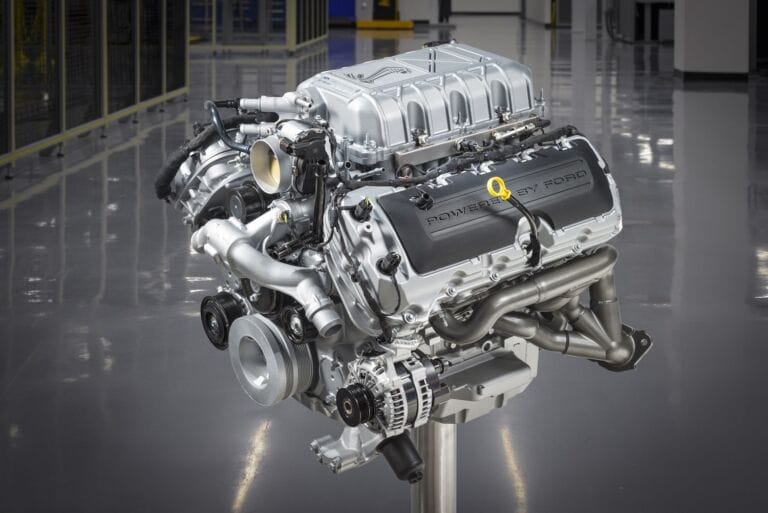
What is Blade Battery? Understanding Blade Battery Technology.

Table of Contents
Innovations in battery technology are crucial for advancing the electric vehicle (EV) industry. One groundbreaking development that has garnered significant attention is the Blade Battery. This article explores the capabilities, benefits, and impact of the Blade Battery in revolutionizing the EV landscape.

What is a Blade Battery?
Blade Battery is an innovative battery technology developed by Chinese automaker BYD, designed specifically for electric vehicles (EVs). Unlike traditional lithium-ion batteries, the Blade Battery features a long, flat, and rectangular design, which allows for more efficient use of space within the vehicle. This unique form factor improves energy density and provides a more compact arrangement, which can result in better overall vehicle performance and extended driving range. The Blade Battery’s design also enhances safety by reducing the risk of thermal runaway, a common concern with conventional batteries, as it is less prone to overheating or fires.

In addition to its safety and performance benefits, the Blade Battery is more durable and cost-effective compared to traditional battery technologies. It is constructed using lithium iron phosphate (LFP) chemistry, which is known for being more stable and environmentally friendly than other lithium-based batteries. LFP batteries are also less expensive to produce, making Blade Batteries a more affordable option for both manufacturers and consumers. As a result, Blade Batteries have the potential to become a key player in the future of electric mobility, contributing to both improved EV safety and lower costs, while also advancing the global shift towards sustainable transportation.
Understanding Blade Battery Technology
Blade Battery technology represents a paradigm shift in energy storage for electric vehicles. Unlike traditional lithium-ion batteries, which are cylindrical or prismatic in shape, Blade Batteries are flat and rectangular. This unique design offers several advantages, including enhanced safety, increased energy density, and simplified manufacturing processes.
Enhanced Safety Features
Safety is a primary concern in designing and implementing electric vehicle batteries. The Blade Battery’s design minimizes the risk of thermal runaway, a phenomenon that can lead to fires or explosions in lithium-ion batteries. By integrating multiple safety features, such as ceramic separators and thermal management systems, Blade Batteries offer unparalleled levels of safety for EVs and their passengers.
Increased Energy Density
Energy density is a critical factor in determining the range and performance of electric vehicles. Blade Batteries boast a higher energy density compared to traditional lithium-ion batteries, allowing for greater energy storage in a smaller footprint. This increased energy density translates to extended driving ranges and improved efficiency, addressing one of the key limitations of early EV models.
Simplified Manufacturing Processes
In addition to their performance benefits, Blade Batteries also offer significant advantages in terms of manufacturing efficiency. Their unique flat, rectangular shape allows for easier assembly and integration into the chassis of electric vehicles (EVs), streamlining the production process. This design reduces the complexity of battery installation, making it simpler and faster to incorporate into the vehicle’s structure, which can ultimately lower production costs. As a result, automakers can achieve greater efficiency in their manufacturing lines, improving the overall workflow and time-to-market for new electric models.
By simplifying the manufacturing process, Blade Batteries help make electric vehicles more affordable and accessible to a wider range of consumers. The reduction in production complexity not only lowers costs but also supports the scalability of EV production. As more automakers adopt this technology, the increased demand for Blade Batteries could lead to further cost reductions, enhancing the affordability of electric vehicles and accelerating the transition to cleaner transportation solutions.
Environmental Impact
The adoption of Blade Battery technology has far-reaching implications for the environment. As governments and industries worldwide strive to reduce greenhouse gas emissions and combat climate change, electric vehicles represent a sustainable alternative to traditional combustion engine vehicles. By facilitating the widespread adoption of EVs through improved safety, performance, and affordability, Blade Batteries play a vital role in advancing the global transition to clean transportation solutions.
Conclusion
The Blade Battery represents a significant milestone in the evolution of electric vehicle technology. With its innovative design, enhanced safety features, and superior performance characteristics, Blade Batteries are poised to drive the widespread adoption of electric vehicles around the world. As the automotive industry continues to embrace sustainable mobility solutions, Blade Battery technology stands as a beacon of innovation, offering a brighter and cleaner future for generations to come.








